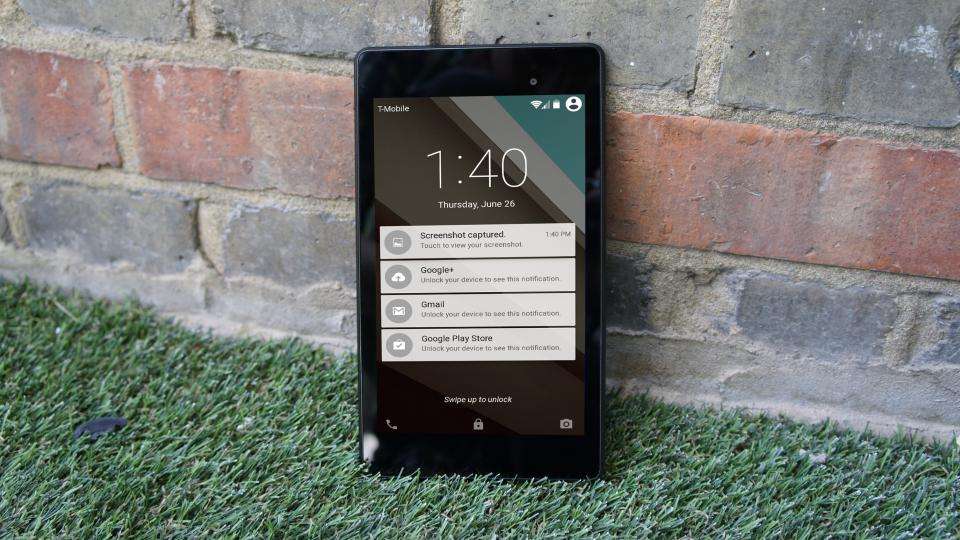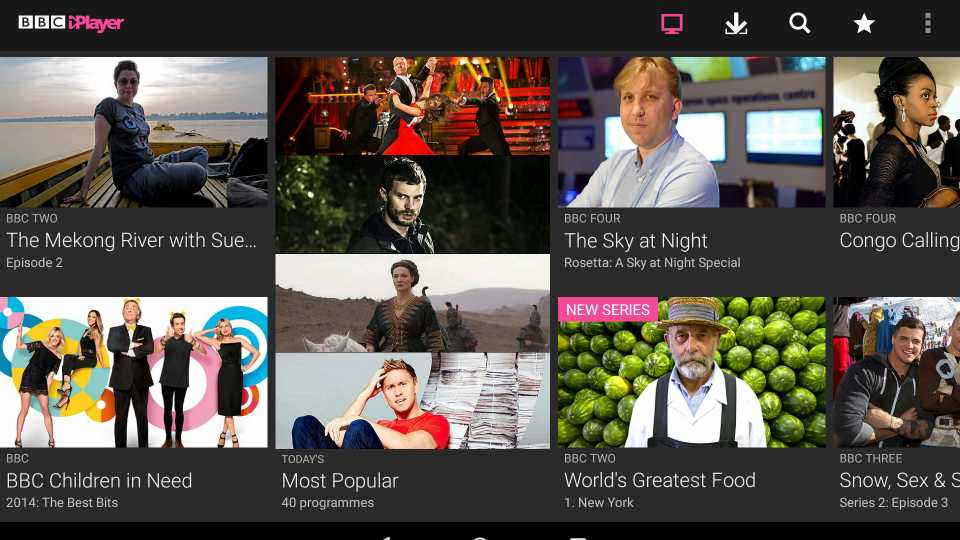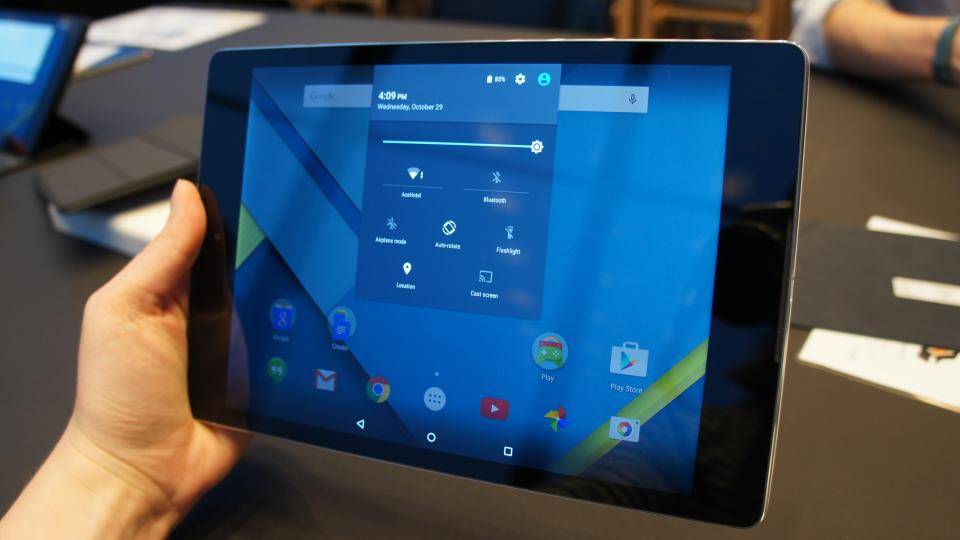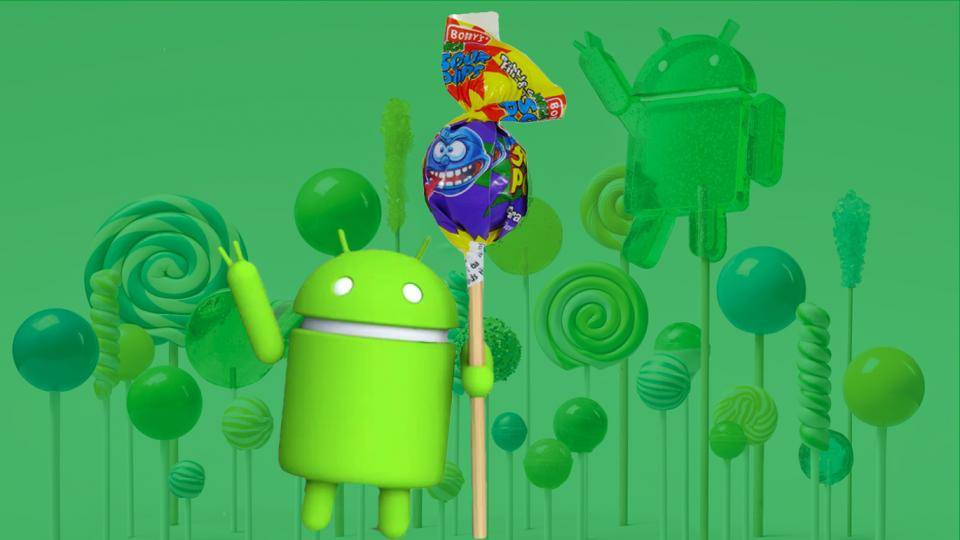Android 5.0 Lollipop is practically upon us; you can get it right now if you buy a Nexus 9 tablet or Nexus 6 smartphone , Google is on the verge of rolling out the latest update to its mobile OS to all Nexus devices, and third party manufacturers are gearing up to push OTA updates to their phones too. However, like all new software releases, Lollipop isn't without its issues.
We've listed some of the biggest problems here, to help you device whether or not you should hit the update button as soon as you get the option on your phone, or whether to download that factory image and update your Nexus device ahead of schedule.

SPECIFIC DEVICE BUGS
We're still waiting for it to roll out as an Over-the-Air update, but Lollipop is available for enterprising users to install on their Nexus device, using factory images supplied by Google. That doesn't mean it's completely free from bugs, however. Here are a few of the problems we've run into so far:
Nexus 5 Wi-Fi connection problems
According to reports from users that have updated their Nexus 5 using Google's official factory images, the phone struggles to get online once upgraded to Lollipop. It will save your WI-Fi passwords, but then often fails to connect to the networks themselves.
Similar complaints have arisen regarding battery life; apparently the battery drains excessively whenever the device is connected to Wi-Fi, partly because it gets near constant screen wakeup calls - where software running on the phone automatically switches on the screen even if you've locked the handset.
We've also had several reader complaints regarding Lollipop running on the Nexus 5. These start out slightly irritating, with SMS notification alert sounds reportedly being clipped short, the simplification of the Power Off menu removing useful shortcuts to sound profiles and restart options, and home screen shortcut toggle widgets no longer working correctly - users are now forced to pull down the notification tray, tap the relevant icon and flip a switch.
Our advice is to factory reset your phone after upgrading to Lollipop. Make sure to back up your files, as you'll lose everything, but it will certainly clear up the device and hopefully fix some of the more frustrating issues currently experienced by Nexus 5 owners.
Nexus 7 video playback problems
It's not just phones that are affected. 2013 Nexus 7 tablets are also having problems once updated using the official Google factory images. The tablets often refuse to play video, struggling with YouTube clips, locally saved video files and even recording clips using the rear camera. A message simply stating "There was a problem while playing. Touch to retry" appears, and there's currently no permanent solution. For anyone affected by the bug, it has been reported that restarting your device can help in some cases, although the bug will eventually reappear.
GENERAL SOFTWARE BUGS
The problems listed below aren't limited to one device, but affect Android Lollipop on the whole. That means every device that updates to Lollipop will suffer from them, until Google issues a fix.
Canadian users experiencing SystemUI crashes
Now this is a bit of an odd one; setting Lollipop's system language to French Canadian will cause the SystemUI process to crash randomly, usually when you connect your device to a PC to sync or when plugged in to a wall socket to charge. It seems the problem is isolated to the French Canadian language, as selecting standard French doesn't cause any errors. Users are reporting problems with the Nexus 9, along with Nexus 7 and Nexus 5 devices running factory image versions of Lollipop and OTA updates, although it isn't a universal problem so you may be lucky and be unaffected by the bug.
Google is aware of the issue, having suggested it was fixed in a previous Lollipop build, and now that it has reappeared hopefully it won't take long to squash a second time. In the meantime, changing the system language to either standard French or US English (after all, most Canadians are bi-lingual) should prevent any further crashes.
App switcher shows random cards
The Lollipop App switcher now displays open apps as a vertical carousel, rather than a list. You can still swipe to dismiss individual apps, but a bug in the code means that they will sometimes randomly reappear back in the list. The video below perfectly demonstrates this; even after clearing your list completely, re-opening the App switcher will randomly show apps. Sometimes it will even display system apps that shouldn't usually appear in the list.
Video of Bug in Android 5.0 Lollipop - recent apps
Flashlight can crash your device
Lollipop finally added a flashlight shortcut to the quick settings pull-down tray, letting you quickly toggle the LED flash on certain handsets to use as a light source in an emergency. However, a nasty bug tied to the time out setting will prevent you from using either the camera or flashlight again until you reboot your device.
To avoid draining device battery excessively, the flashlight will automatically turn off after a set length of time. If you reach that time and it turns itself off, it will lock you out of the camera app and prevent the flashlight from working again. So far it is confirmed to affect the Nexus 5, and until other devices equipped with flashes get updated to Lollipop it's difficult to tell if it is system-wide, but for now we're expecting the worst.

THIRD PARTY PROBLEMS
Although the following gripes aren't Google's fault, as it will eventually fall down to third party developers to implement fixes, they are still worth keeping in mind when deciding whether or not to upgrade to Lollipop.
BBC iPlayer
BBC iPlayer is a fantastic app when it works, but for early Lollipop upgraders certain features are currently off limits. That means no high quality streaming, even when you're connected to a Wi-Fi network rather than 3G or 4G mobile internet, and no option to download content for offline playback.

GRIPES AND REGRESSION
The following issues aren't bugs, and are actually working as Google intended , but they are undoubtedly backwards steps for Android. Whether the design decisions will be reversed in the future remains to be seen, but right now they will stick out to anyone used to how Android 4.4 Kitkat handles notifications, shortcuts and settings.
No silent mode for phones
Bizzarely, there's no way to switch your phone to silent mode in Lollipop. You can switch between audible ringtones and vibration only, but there's no way to disable vibration completely from the quick settings pull-down menu. This is particularly irritating if you want your phone in view, say on a desk in a meeting, but don't want the internal motor to hammer the table every time you get a notification.
No ticker in notification bar
On previous versions of Android, detailed notification text would appear in the notification bar, one line at a time, so you didn't need to open the specific app to read a text message or get the gist of an email. In Lollipop, Google has added heads-up notifications on the lock screen or on top of the currently open app, so the company has decided to disable the ticker text altogether.
This would be fine for the most part, except certain heads-up notifications don't display any information beyond the fact you've received a text, email or social networking IM. That means you're now forced to open the app to get more information, where previously you could have just read the notification ticker.
SOLVED ISSUES
It's not all doom and gloom; both Amazon and third party developers are working hard to fix the bugs and problems we've listed above. Any fixed issues will be moved here, so you can quickly check to see if your particular bug has been squashed.
No ringtone audio (partial solution)
Reader Prakash informs us that some devices have inaudible ringtones, despite having audible text and notification alerts, but we've been unable to replicated the issue. One tip is to make sure Priority mode is set to All, rather than None or Priority. That should ensure all notifications, alerts and sounds are treated the same by the operating system.
Amazon
Amazon only added support for Prime Instant Video playback on Android devices other than its own Kindle Fire range a few months ago, but when we initially wrote this particle it had yet to add support for Lollipop. That meant the Amazon app wouldn't recognise a device running Lollipop as a supported operating system, and it would refuse to let you install Prime Instant Video.
Amazon moves quickly, though, releasing Lollipop updates for both apps less than a week after the problem was first diagnosed. Prime customers don't need to hold off upgrading to Lollipop any more, as video playback works perfectly (we confirmed as such on a Nexus 5 running Google's factory image).
UPDATE: That was fast - Amazon has now updated both the base Amazon app and Instant Video to support Lollipop, so Prime customers don't need to hold off upgrading to carry on watching video.
We'll be updating this article with more issues as they appear, and of course will let you know if Google or third party developers fix the ones we've listed to date. Got one we haven't covered? Let us know in the comments below.












